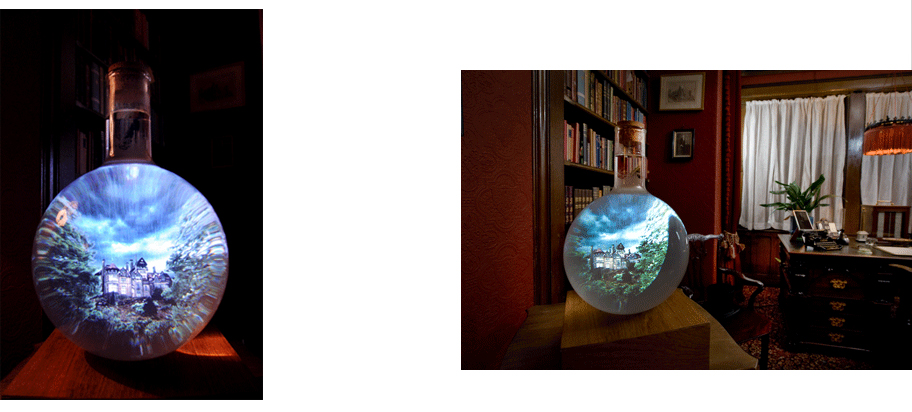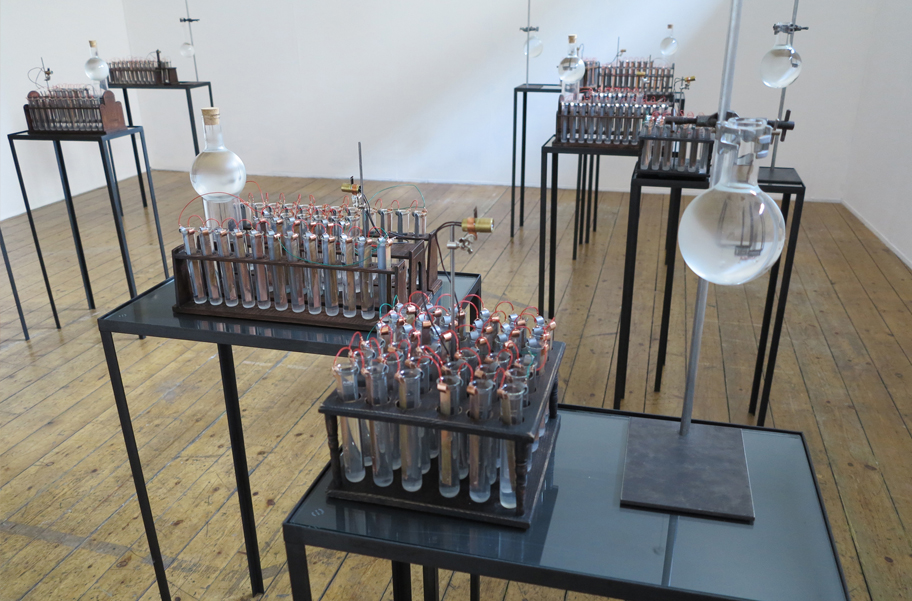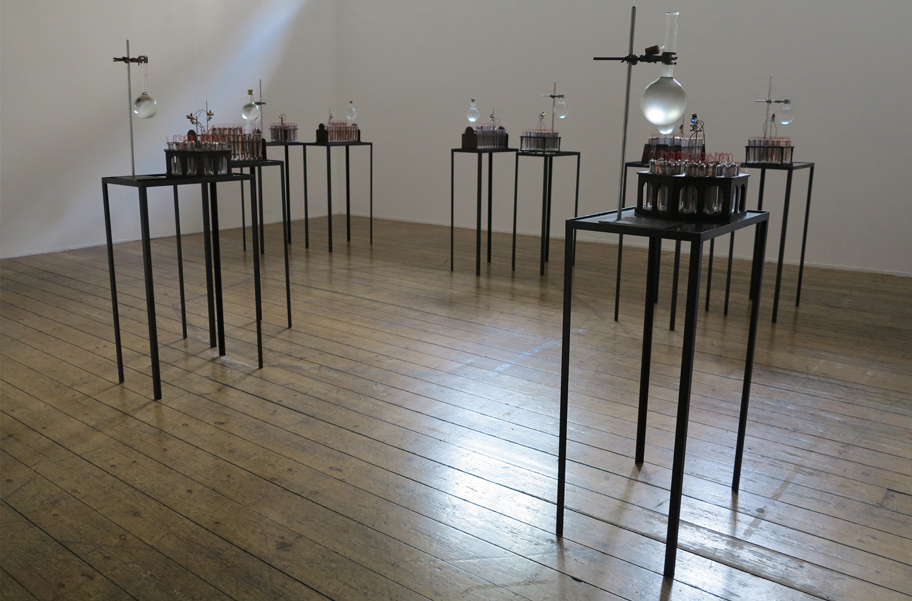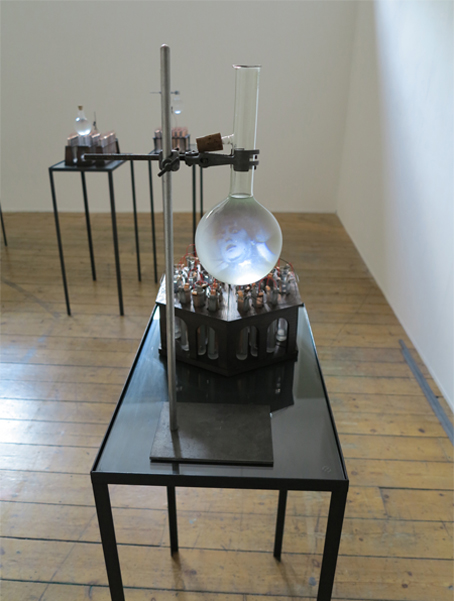Irene Brown
Irene Brown is a sculptor and site–specific installationist. Her research and practice is engaged with wonder, focusing on the history and philosophy of science, specifically cabinets of curiosity (wonder cabinets), investigating the threshold between aesthetic and scientific realms.
In 2010 she established the Gallery of Wonder (GoW) as a discussion point and exhibition facility for research into the evocation of wonder through visual display.
A certain kind of looking, the origins of which lie in the cult of the marvellous and hence in the artworks capacity to generate in the spectator surprise, delight and admiration….for it is one of the distinctive achievements of our culture to have fashioned this type of gaze, and one of the most intense pleasures it has to offer”.
GoW has two cabinet-based exhibition venues in Newcastle, one in the Great North Museum: Hancock, the and the other set into two windows of Fine Art Department of Newcastle University overlooking the Quadrangle. The physical framework of the two venues promotes the interdisciplinary nature of the project and encourages the questioning of the conventional relationships between art and science, gallery and museum.
 GoW has presented 30 individual exhibitions over two years. A total of 36 contributors from across the UK have produced new work in response to the wonder research brief. The programme was curated from an Internet call to participate, inviting artists, scientists, writers and researchers to engage with and contribute to the project. The website provides a database, disseminating the outcomes and presenting images and texts for each project. On June the 14th 2012 GoW held Working Wonder, a one-day international conference at Newcastle University. A publication based on the discussions and papers presented during the conference is due to be published in 2014.
GoW has presented 30 individual exhibitions over two years. A total of 36 contributors from across the UK have produced new work in response to the wonder research brief. The programme was curated from an Internet call to participate, inviting artists, scientists, writers and researchers to engage with and contribute to the project. The website provides a database, disseminating the outcomes and presenting images and texts for each project. On June the 14th 2012 GoW held Working Wonder, a one-day international conference at Newcastle University. A publication based on the discussions and papers presented during the conference is due to be published in 2014.
Building upon research outcomes of the GoW project, Brown continued to explore the potential of art to reinterpret and represent historical information in a manner that engages and stimulates ‘wonder’ in the viewer, producing several new artworks for specific sites of historical and scientific interest in the North East. These temporary site-specific installations provide alternative approaches to conventional methods of informational display, stimulating debate and encouraging museums and historical sites to explore the potential of art to attract and expand their audiences.




